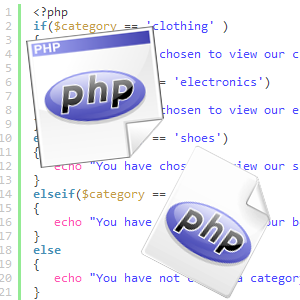
Article by Raymond Zakari of Computer Science Resources 4 U (csr4u)
For those looking into PHP, lets start with the basics first. PHP is a general use scripting language that is used to design web pages or produce dynamic sites online. With this use, the code is embedded into the HTML source document which is translated and put up by a web server that supports PHP code. PHP is extremely common today, and is accepted and used on any major operating system.

The history of PHP dates back to 1995, when the language was invented by Rasmus Lerdorf. As Lerdorf’s request, there is still not formal specification for the language and is completely free software. One change is what the acronym PHP stands for; original meaning “Personal Home Page”, I now stands for “PHP: Hypertext Preprocessor”. With that in mind, PHP has never strayed far from its original purpose of editing and serving a personal website that Lerdorf ran himself. Early feature included displaying his resume online, and recording his web-page traffic; nearly 15 years before modern analytics came into existence! As time moved on, other coders made additions and changes to PHP that allowed it to be universally accepted and used as a script processor. Currently, the PHP update process is on round number 5, with PHP 5.3 being the current and most up to date inundation of the software available.
Working in open source software is a great way to experience the rapid change in the computing field today, and PHP is one of the great pioneers in that area.
